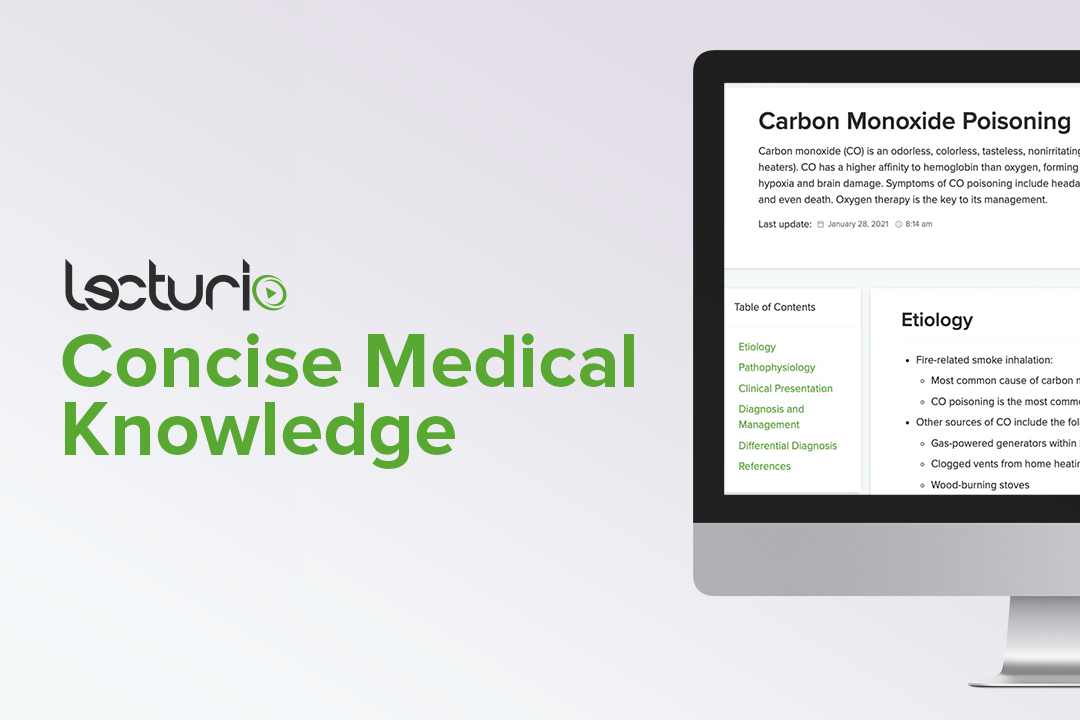Playlist
Show Playlist
Hide Playlist
Carbon Monoxide and Dioxins – Toxic Substances
-
Slides Carbon Monoxide Dioxins Toxic Substances.pdf
-
Reference List Pharmacology.pdf
-
Download Lecture Overview
00:01 Carbon monoxide is a common toxic agent. It's usually culprit in suicide attempts where people will breath in exhaust fumes from a car. 00:12 Carbon monoxide has an affinity for hemoglobin about two hundred times greater than oxygen. 00:19 The threshold limit for a human is about 25 ppm in 8 hours. Now, consider that on a bad traffic day in LA, you're going to hit 100 ppm. In Mumbai India, you'll hit 400 ppm. And in Shanghai, you'll hit 800 ppm. 00:37 So, you can see that there is a toxicity potential in terms of the environment. 00:42 Carbon monoxide results in a significant amount of confusion. Sometimes, you can have decreased visual acuity. 00:50 There is almost always tachycardia. There may be syncope, and eventually will result in coma and death. 00:57 The classic sign of a carbon monoxide patient are those rose cheeks. 01:03 You see a person come in, and they have those red rose cheeks, and they look like they're just a little bit hyperemic, almost always you can diagnose carbon monoxide just by looking at them. 01:12 The first time you see a carbon monoxide poisoned patient, you'll almost never missed the next diagnosis. 01:18 The treatment is always with oxygen. 01:21 Sulphur dioxide is an agent that is in the air that sometimes can cause toxicity. 01:27 It forms sulfurous acid on contact with some mucous membranes. 6 ppm will cause symptoms. 01:35 Generally, it's irratation of those mucous membranes. So, you get conjunctival irritation and mucous membrane irritation. 01:42 A classic picture is a person with red eyes and irritation of the nares or nasal cavity. 01:48 Long term exposure may lead to pulmonary edema. 01:52 And treatment is always supportive including anti-inflammatories and high levels of oxygen. 01:57 Dioxin toxicity is an important consideration on the chemical industry. 02:02 Many chemical agents rely on dioxin as an intermedia in manufacturing. They are very poorly metabolized. 02:10 And why I mention it here today is because these dioxins are very persistent in the environment. 02:16 They cause a wasting syndrome and they cause hepatotoxicity. And they cause immune dysfunction and teratogenicity. 02:24 If you're practising it in an area, where you start to see high levels of immune dysfunctions, high levels of wasting and hepatotoxicity, and even teratogenicity in a community, the first thing you should be looking for are dioxin levels in the environment.
About the Lecture
The lecture Carbon Monoxide and Dioxins – Toxic Substances by Pravin Shukle, MD is from the course Toxicology. It contains the following chapters:
- Carbon Monoxide
- Sulphur Dioxide
Included Quiz Questions
A man tries to commit suicide by staying inside the car while running the engine of his old car within an enclosed space. What is the agent that is most likely to cause his demise?
- Carbon monoxide
- Microparticles
- Lead
- Sulfur dioxide
- Nitrogen dioxide
\How does this affect oxygen transport in the body?
- CO binds more easily to hemoglobin than oxygen, preventing oxygen from binding and being transported to tissues.
- CO increases oxygen release to tissues, enhancing cellular oxygen levels.
- CO prevents hemoglobin from binding both oxygen and carbon dioxide, making it easier to expel gases from the body.
- CO increases hemoglobin's affinity for oxygen, allowing more oxygen to be transported to the body.
- CO reduces the total amount of hemoglobin available in the blood but does not affect oxygen transport.
What is a possible symptom of long-term sulfur dioxide (SO₂) exposure?
- Pulmonary edema
- Improved lung function
- Increased appetite
- Enhanced immune response
- Neurologic deficit
Customer reviews
5,0 of 5 stars
| 5 Stars |
|
5 |
| 4 Stars |
|
0 |
| 3 Stars |
|
0 |
| 2 Stars |
|
0 |
| 1 Star |
|
0 |




